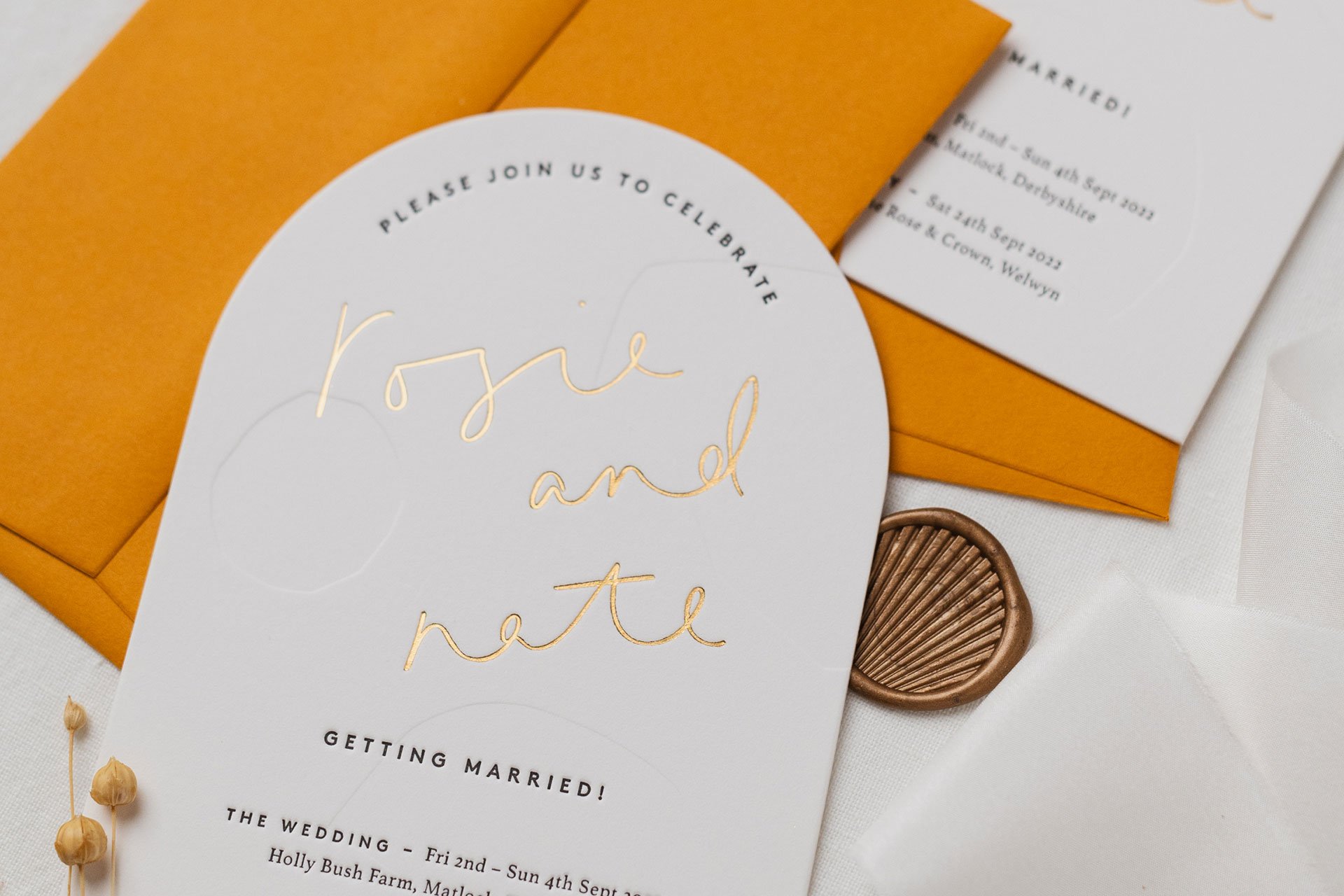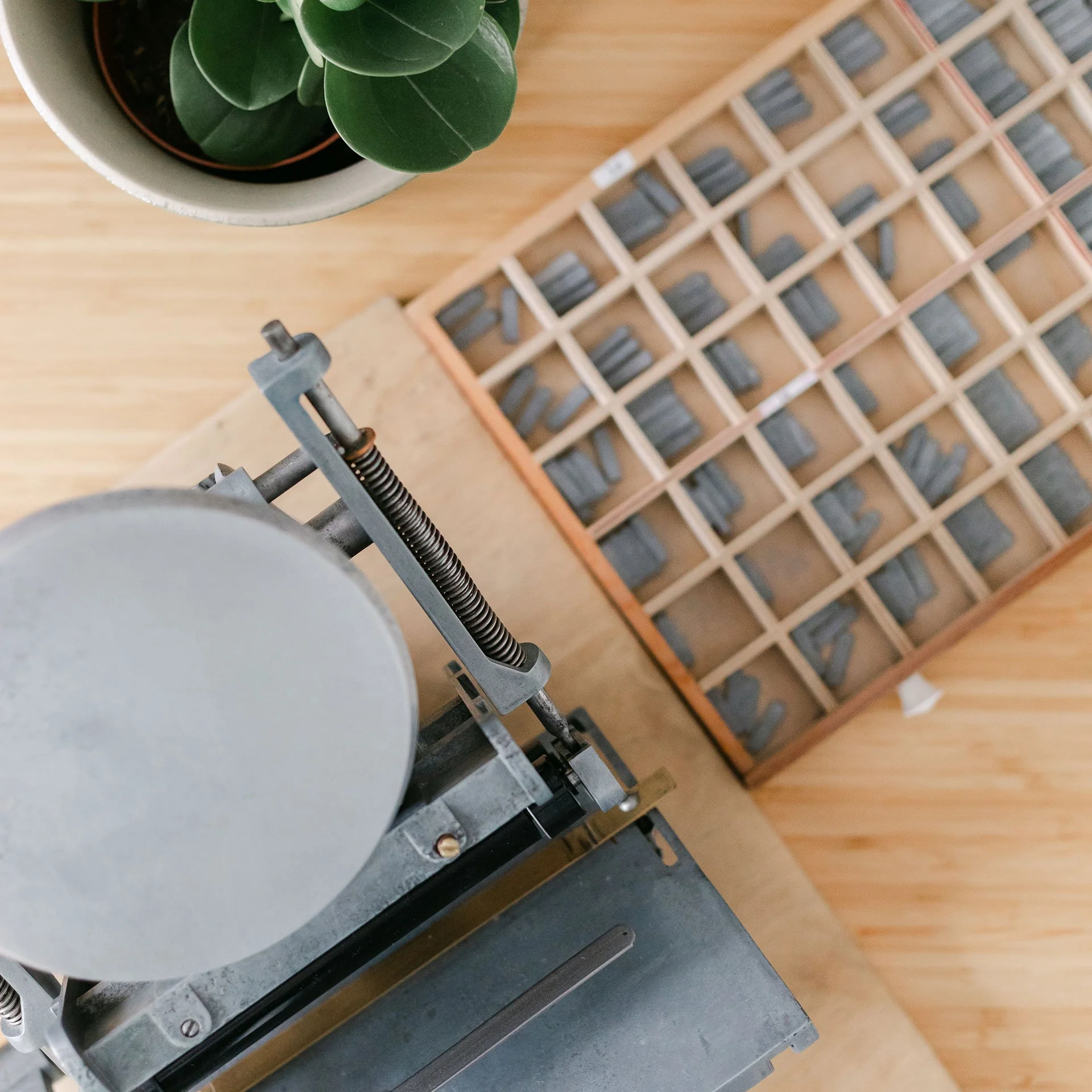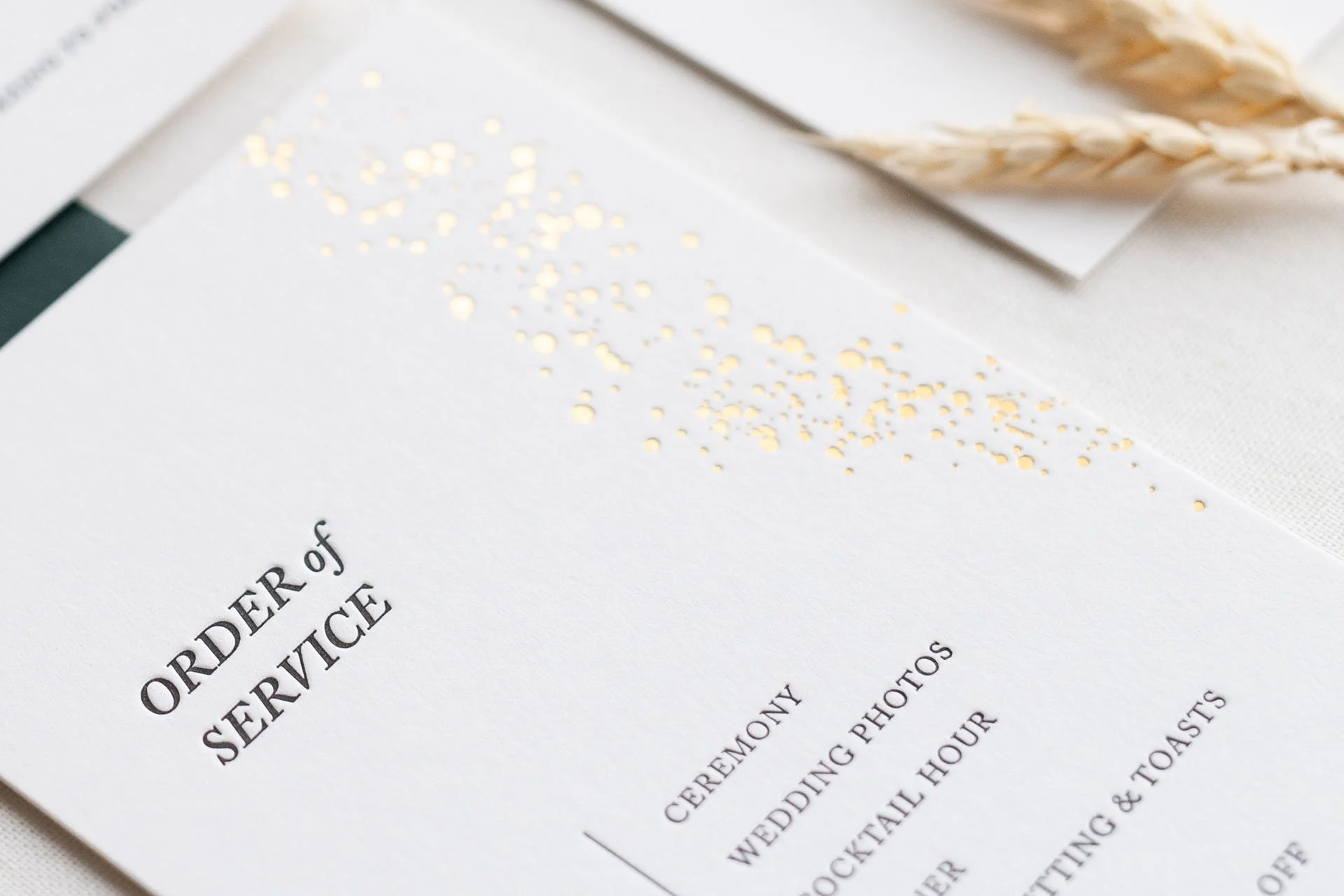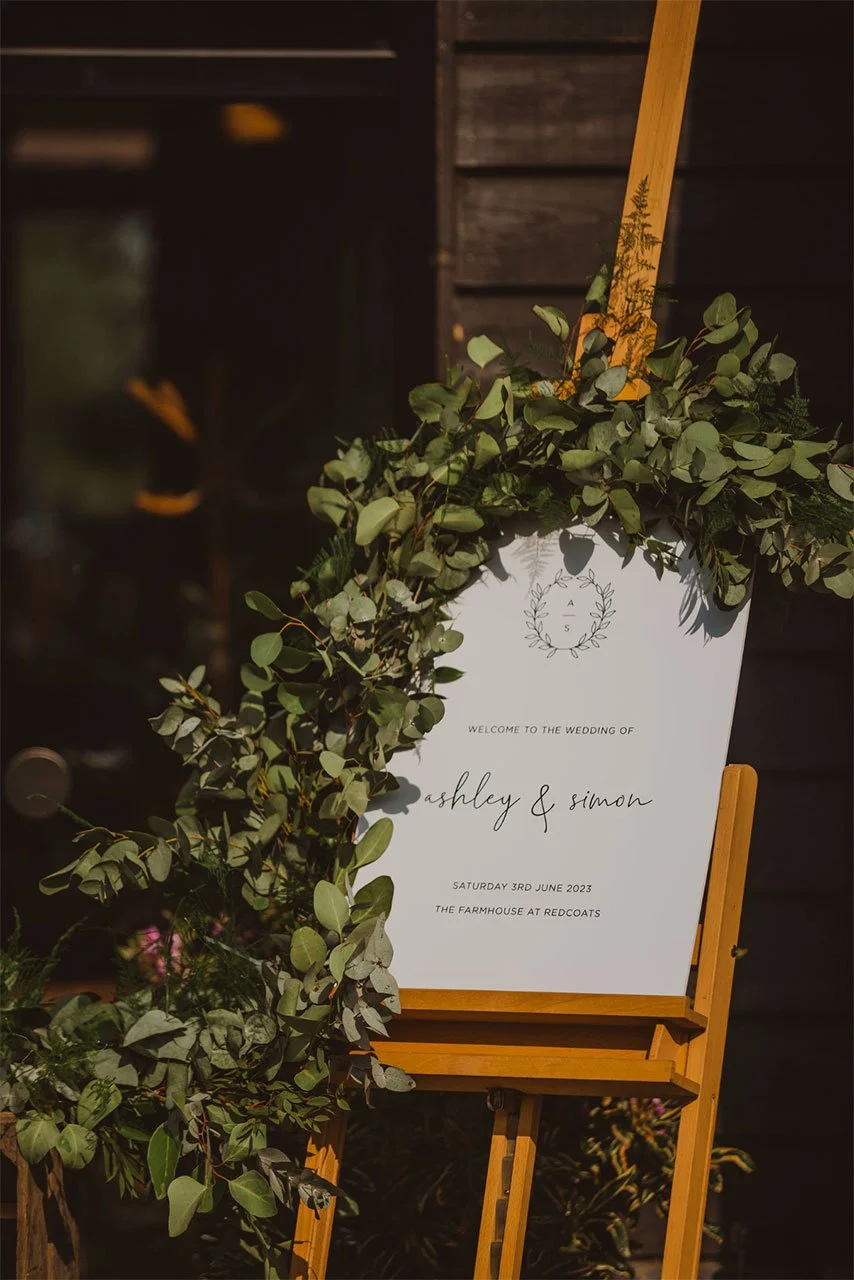Printing techniques
Let me introduce you to the artistry and craftsmanship behind the printing techniques I use in my work. From the timeless elegance of letterpress to the subtle sparkle of hot foil, each method offers its own charm and versatility.
A wonderfully hands-on craft
Letterpress printing
A (very) brief history
It all began back in the mid 15th Century, when inventor and craftsman Johannes Gutenberg created the first movable type, later known as letterpress. This relief printing technique sees an inked, raised surface, usually made of metal or wood type, pressed onto paper to create a print. As simple as it sounds, Gutenberg’s invention sparked a golden age of print that would last 500 years. And thanks to letterpress, literature flourished across Europe, bringing knowledge and stories to the masses.
For centuries type was set the Gutenberg way, letter by letter and line by line, but this changed in the late 19th century with the arrival of mechanical typesetting technology, like Ottmar Mergenthaler’s Linotype machine. These automated methods offered greater speed and efficiency and became popular in newspaper production and publishing houses.
By the mid 20th century the fate of commercial letterpress printing was sealed. The introduction of offset lithography, and later digital printing, led to workshops being closed and cast iron presses being scrapped. But letterpress printing didn't disappear entirely; instead, it evolved and found a new audience, particularly in the world of artisanal stationery, and it has seen a surge in popularity over recent years.
A blend of old and new
Luckily, I can choose how I’d like to print projects: I have a small collection of metal and wood type for manual setting, and with the help of modern technology I can have my digital designs transformed into photopolymer printing plates.
The physical process of printing with my press, Maude, is much the same as it was 100 years ago when she was manufactured. She’s powered by a treadle, so the only energy consumed is human. Paper is fed into the press by hand, piece by piece, and each colour is printed one at a time – with inks mixed by hand and matched by eye. So while the results can be marvellous, it’s a time-consuming process.
The pressure applied as the press closes leaves a wonderfully deep impression in the paper, giving each print that pillowy soft texture that you can’t help running your fingers over.
Did you know?
Letterpress is an endangered craft
First published in 2017, the Heritage Crafts Red List of Endangered Crafts was the first report of its kind to rank traditional crafts by the likelihood they would survive to the next generation. Letterpress printing was sadly added to the Red List in 2019 and remains there today.
A growing number of artists and printers are working hard to keep the craft alive, through their work and through education. It seems that even in today's digital world there’s still an appreciation for learning about the skill and beauty of letterpress, with workshops proving popular. I’m planning to start offering my own letterpress workshops, to pass on my knowledge and experience. You can sign up to my mailing list to be the first to know when they launch.
All that glitters
Hot foil printing
Foil printing works a lot like letterpress, but instead of ink it uses heat and foil to make your designs shine. Just like letterpress, digital designs are transformed into plates – typically made of copper or magnesium to handle the heat. For printing, a plate is placed onto my vintage press, Martha, and heated up, then pressed onto the paper, while a roll of foil passes over it. As the press closes, the design is heat-transferred onto the paper, leaving behind a beautiful, shiny print.
While foil printing doesn't create the same deep impression, it opens up a world of possibilities not possible with letterpress: metallic colours like gold, silver, copper, and rose gold; and lighter colours printed onto darker paper stock.
Did you know?
Foil stationery can be easily recycled
Wondering if that shiny metallic foil on your stationery is recyclable? Good news, it is! The layer of foil that’s applied during printing is so thin that it dissipates during the re-pulping process. Shiny and sustainable, it’s a win-win.
Subtle and sculptural
Embossing and de-bossing
If you’re looking to add sophistication and a tactile luxury to your stationery, blind debossing and embossing are my secret weapons. Both techniques can be applied to a wide range of stationery items, from wedding invitations to business cards. And your stationery is guaranteed to leave a lasting impression.
The debossing process is almost identical to normal letterpress or foil printing – just without the ink or foil. Your design is turned into a single printing plate, and that plate is pressed into the paper from the front, leaving a recessed textured print.
Embossing differs slightly as two plates are used, with the paper sandwiched between. As the press closes and pressure is applied, the plates are pressed into the paper from the front and back, forming a crisp, raised design.
Embossing and debossing are great ways to introduce subtle depth and texture, and even the simplest designs can take on sculptural forms.
A modern alternative
Digital printing
Digital printing – the reliable workhorse of the stationery world that you’re probably most familiar with. There’s no need for a deep dive into the technical stuff; instead I’ll explain why it's sometimes a great alternative to, and how it can work seamlessly with, traditional printing.
Yes, I adore letterpress and foil printing but they do have their limitations, the biggest one being size. So for larger format pieces like wedding signage or event banners, digital printing is the best option.
For stationery with lots of text (like brochures or wedding programs) or where personalisation is needed (think envelopes and place cards), digital printing is incredibly cost-effective. And adding a letterpress or foil element to the digital prints can be a lovely way to add texture and a high quality finish.







